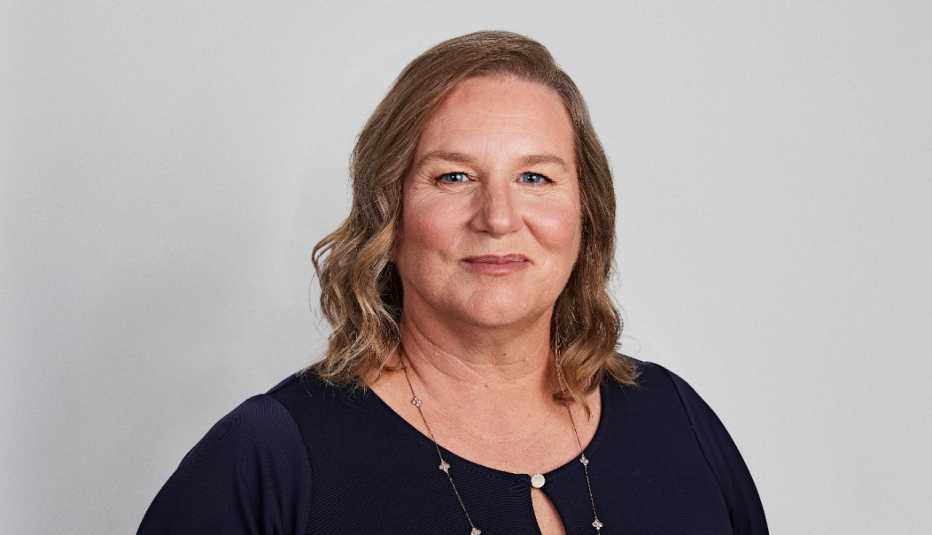AARP Hearing Center


By 2030, 90 percent of jobs worldwide will have a digital component. But nearly 1 billion youth don’t have the digital skills to participate in the global workforce. That’s why I launched Team4Tech in 2013, to create opportunities for learners in under-resourced contexts around the world. Over the last decade, we’ve supported more than 50 nonprofits with $19 million in grants and pro bono consulting services, to boost learning outcomes through effective use of technology. We’ve directly benefited 130,000 learners in 24 countries, and we now reach 30 million more learners through our online community.
The problem I'm trying to solve
Team4Tech works to increase quality education in under-resourced contexts around the world so that they can build the skills they need for high-quality employment. Research shows that technology-assisted learning, delivered with teacher training programs, has the largest positive effects on learning outcomes. When you invest in both, it’s a powerful way to combat inequality and promote access to opportunity.
The moment that sparked my passion
I moved about 10 times before I graduated from high school. Access to a quality education enabled me to go to great universities and have access to all the career opportunities I dreamed about to fulfill my own ambition. After I graduated from Dartmouth College, I spent two and a half years in rural Guatemala. I lived in a small mountain village where most young people never had access to a high school education until the year before I arrived. I taught classes and introduced the first computer lab to the school. I stayed in touch with many of them and saw them go on to great universities and jobs.
I saw firsthand how education changed lives, not only for these students, but for their entire families. I decided to use technology to extend quality education to motivated students everywhere.
What I wish other people knew
Over 500 million children live in learning poverty. This has only worsened since the COVID-19 pandemic. Studies now show that 70 percent of 10-year-olds around the world can’t read a basic sentence. Yet research shows that investment in education has the highest return in terms of combating intergenerational poverty. It takes very little money to create quality education for impoverished students.
Here’s an example: We were able to double reading scores for first graders in a very poor area outside Nairobi, Kenya in less than six months, by giving them access to reading games on a computer that were customized to their level. Another of our partners, Kidspire Vietnam, provides after-school computer-based programming for kids living in state-run orphanages. Two years ago, a team of 14-year-old girls from the Kidspire program won a global app competition, out of more than 1,700 teams from 60 countries.

































































More About AARP's Purpose Prize
Learn about previous winners and fellows
AARP's Purpose Prize FAQ
Read the official rules, eligibility, odds and prize disclosures